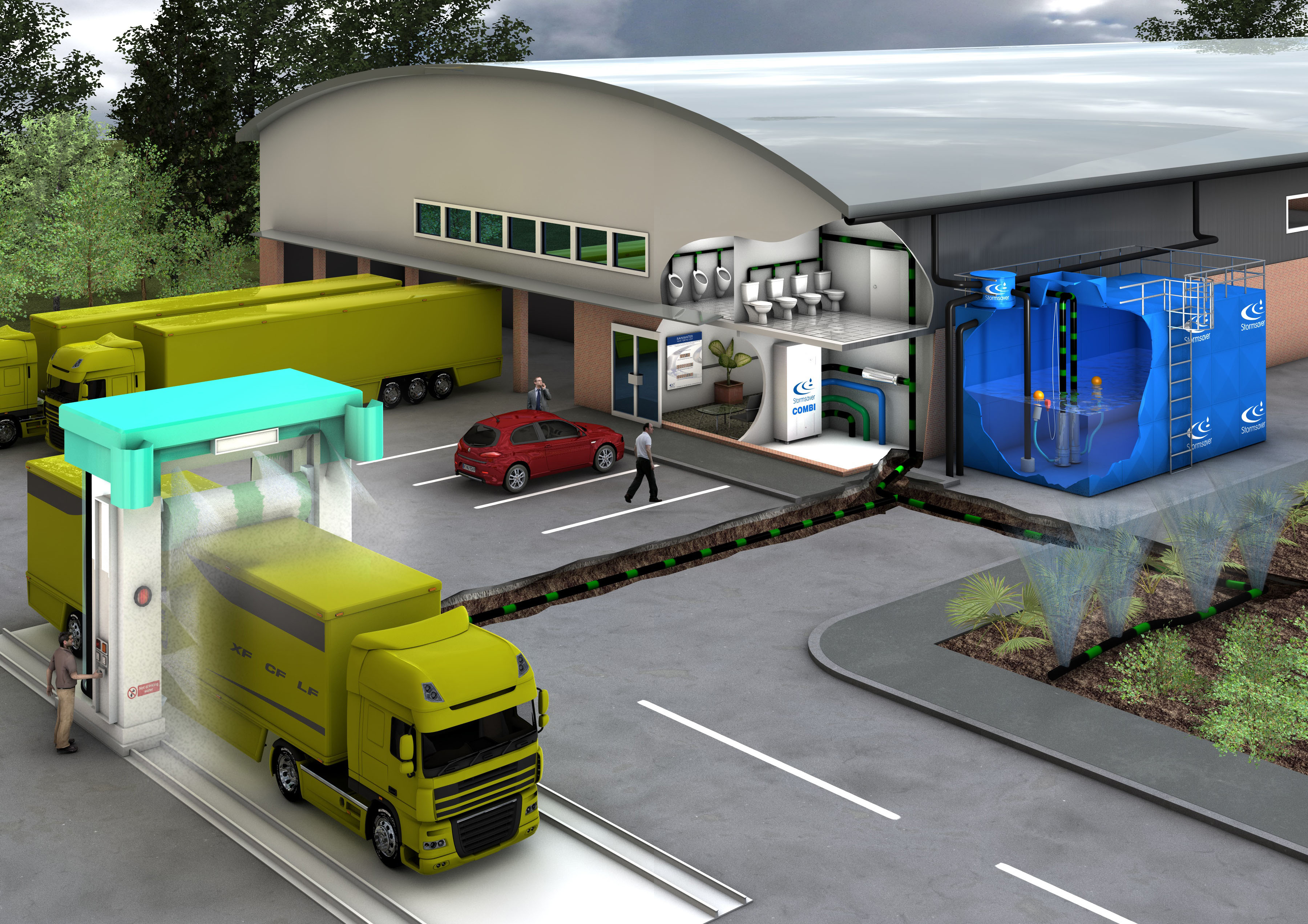There has been much discussion regarding the recent flooding seen. While many people argue that the water damage could not have been prevented, others suggest it could have.
Of course, consumers and businesses cannot control government policy when it comes to flood prevention measures. However, to enhance their peace of mind and to help protect their property, they can invest in the very best drainage solutions.
A plea
The debate concerning anti-flooding measures rages on. In a new development, experts from a total of 17 environmental and planning organisations sent an open letter to the Daily Telegraph in which they made a plea to the government to take their advice when it comes to devising a flood defence policy for the future.
The landscape architects, engineers, hydrologists and ecologists included George Adams, Chartered Institution of Building Services Engineers, chair of the Institution of Environmental Sciences Heather Barrett-Mold and Louise Kingham, chief executive of the Energy Institute.
Urgently required
In the letter, they stated: “As landscape architects, architects, engineers, hydrologists, ecologists and other specialists with the experience necessary to tackle flooding, we would like the government to be aware that the expertise of our professions is available and, we believe, urgently required.”
They added that they believe it is “essential that government actions are based on best practice developed over many years”.
The experts went on to remark: “Water management techniques could have helped prevent the effect of flooding on villages, towns and over surrounding land seen recently. Emergency measures are in order for the immediate crisis. But in the long term, the management of water requires a clear strategy. We need to look at how forestry, land management and soft-engineered flood alleviation schemes can hold back water in the upper reaches of rivers, and how dredging may assist in the lower reaches.”
Drainage systems
Highlighting the importance of effective drainage, they also suggested that sustainable drainage systems must be fitted for existing buildings and all new buildings.
In addition, they stated that buildings and land that cannot be properly protected should be made resilient so that it can withstand flooding. As part of this, “all new housing on flood plains must be resilient when built”, they suggested.
The specialists went on to call for cooperation between the professions, the water companies, internal drainage boards, the Environment Agency, local authorities and Natural Resources Wales. They said that these bodies must work with landowners and residents in order to be effective.
A proactive approach
Many organisations and individuals who live in areas at risk from flooding have been left rattled by the weather events of this winter. Rather than simply worrying about what the future holds, these people can start to take action of their own. For example, it is now easy to access good quality drainage solutions.
By heading online, people can take their pick from a host of products and systems. While they may not be able to eliminate the risk of water damage to their properties, individuals can at least reduce it by investing in suitable drainage.
Anna Longdin writes regularly about drainage solutions and, to help ensure she’s always up to date on the latest industry developments, she visits sites such as Alumasc Harmer drainage Systems.




